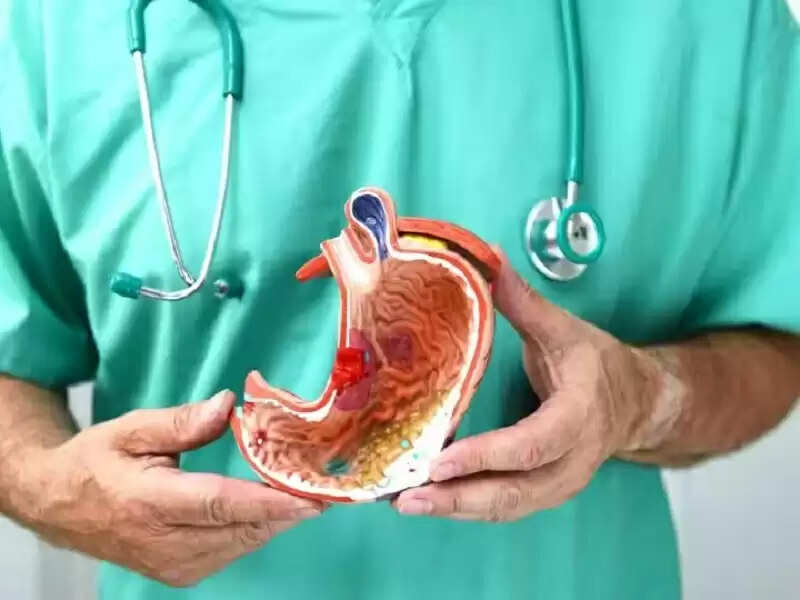Bile Duct Cancer: Do not delay in identifying 'bile duct cancer', otherwise this dangerous disease can spread, know the symptoms..

Bile Duct Cancer: Bile duct cancer is also called cholangiocarcinoma. This cancer is caused by the growth of cancer cells in the gallbladder. This cancer is very rare, so it is very difficult to recognize its symptoms. The gallbladder is located below the liver on the right side of the abdomen. This cancer is less common. However, in people who have this cancer, there is a risk of this disease growing very fast and spreading.

According to the National Health Service (NHS), how serious the condition of the patient suffering from this disease, is depends on where the tumour is located. What is its size? How fast is it spreading? And how is it affecting your health? There are many symptoms of bile duct cancer, which can be difficult to identify. These symptoms can appear like a normal problem in any person.
Symptoms of bile duct cancer
1. Yellowing of the skin and whites of the eyes
2. Itchy skin
3. Dark yellow urine, pale stool
4. Loss of appetite or sudden weight loss
5. Always feeling lethargic and lacking energy
6. High fever
7. Nausea or stomach pain
This disease spreads rapidly
As the symptoms of bile duct cancer are also associated with many common diseases, you may consider these symptoms as a common problem and not pay attention. But doing so can increase the disease more rapidly and spread it throughout the body. If this disease is detected at an early stage, then the hopes and possibilities of cancer prevention increase to a great extent. However, late detection can prove to be very dangerous.
Doctors recommend blood tests, ultrasound, CT scan, MRI scan, biopsy, endoscopic retrograde cholangiopancreatography or PTC X-ray to detect bile duct cancer. These tests can detect problems with your digestive organs like the pancreas, gall bladder or liver as well as many physical problems.
According to the NHS, anyone can get bile duct cancer and the cause is not always clear. This disease can be treated with surgery, chemotherapy and radiotherapy. However, the treatment also depends on where the cancer cells are located and what is its current condition.
